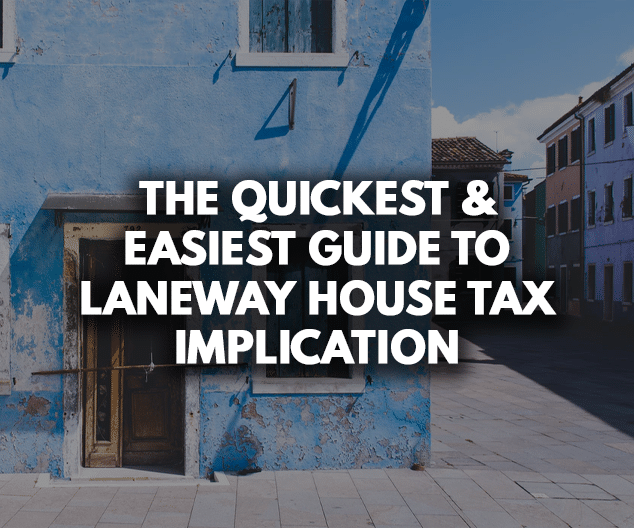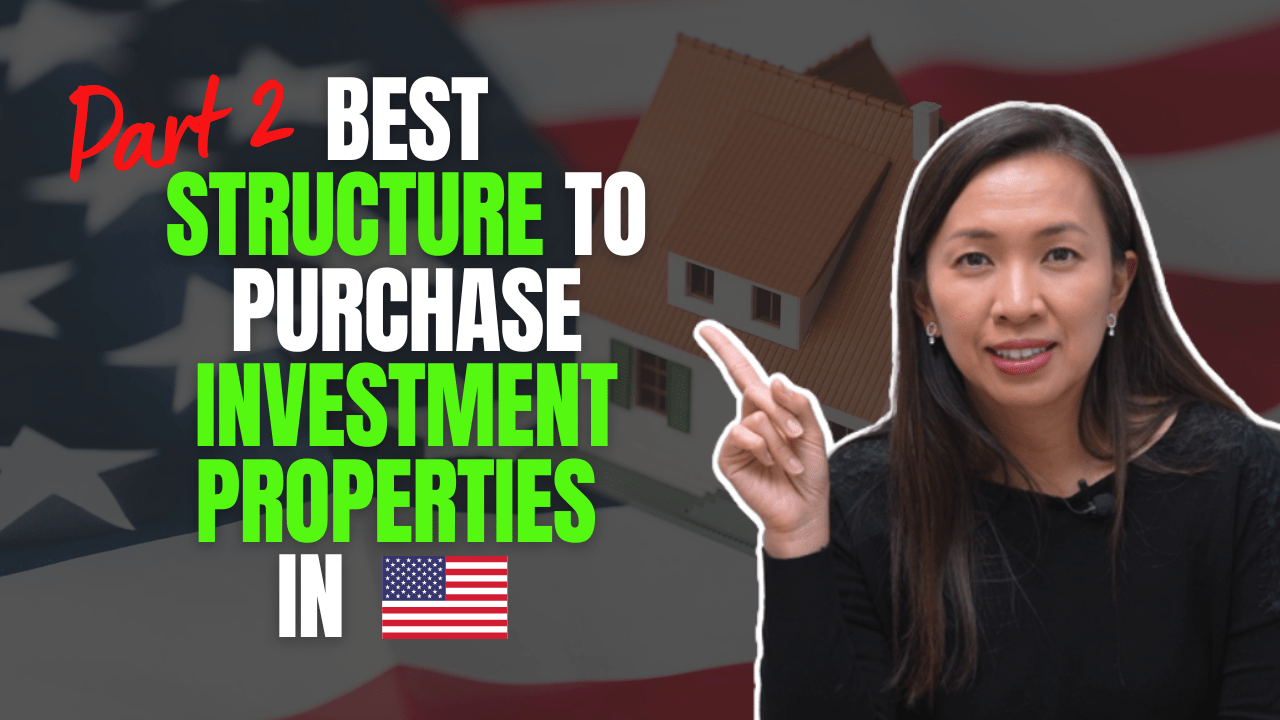Building laneway houses have become a popular investment strategy in Ontario.
Most investors buy a house on a big lot, convert the original house into two units and build a brand-new laneway house in the back.
These strategic investors essentially convert one housing unit to three, creating new rental supplies and significant equity for their investment.

When you build something brand new, you’re considered a builder in the eyes of the Excise Tax Act, the tax act for GST/HST.
When you’re a builder, you have to pay HST to CRA on the fair market value of the newly built laneway house.
In most cases, you can also claim the HST you pay to your contractors to build your house for you.
This applies even if you build it to rent out.
However, you might also be eligible to claim HST rebates on new homes.
Here are a few common scenarios and the HST implications on building laneway houses provided by CRA’s information sheet.
1. Building a laneway house in an existing lot
If you build a new laneway house in an existing lot and rent it out to an unrelated person as their primary place of residence, you’re required to:
- Calculate HST on the fair market value of your newly built laneway house and report it to CRA
- Claim HST paid on construction of laneway house (such as HST paid to contractors, electricians, plumbers, etc. to build laneway house)
- Claim HST paid on land of laneway house if HST has been paid
- Remit the net amount to CRA
- With a proper lease agreement, you can also apply to claim New Residential Rental Property Rebate.
Your next question may be – would you be making money or losing money from filing all self-assessment on HST and claiming the residential rental rebate?
It really goes back to the valuation of your laneway house and the amount it costs you to build.
If the fair market value of the laneway house is close to the cost of construction, chances are, you will be getting some help from the government through the HST rebate.
If the fair market value of the laneway house is substantially higher than the cost of construction, even with the HST rebate, you might still be paying additional HST to CRA.
The determination of the fair market value of the laneway house is complicated.
There are few comparable available in the Ontario market. It will be interesting to see how appraisers are going to value these additional laneway houses.
On the other hand, you might simply build a new laneway house in an existing lot and provide a place for your elderly parents to live in as their primary place of residence.
In that case, the HST implication on this newly built laneway house is very different.
- No self-assessment on HST required.
- Cannot claim HST paid on construction.
- Cannot claim HST paid on land, if applicable.
- You may be eligible to apply for GST/HST New Housing Rebate to claim a portion of GST/HST paid on construction.
2. Buying a new house with laneway house
If you buy a new house, together with a laneway house built, as your primary residence, you’re not considered a builder in this case.
If you occupy the main house as your primary residence, you can GST/HST New Housing Rebate on the portion related to your main house.
If you rent out the laneway house to an arm’s length party as their primary place of residence, you can claim New Residential Rental Property Rebate on HST paid on the laneway house.
If your elderly parents or relatives stay in the laneway house as their primary place of residence instead, you can claim a GST/HST New Housing Rebate on the portion related to the laneway house.
It might sound complicated, and it can be quite complex.
Make sure you speak to a real estate accountant before your build to understand the tax implication on the laneway house better.
Until next time, happy Canadian Real Estate Investing.
Cherry Chan, CPA, CA
Your Real Estate Accountant





